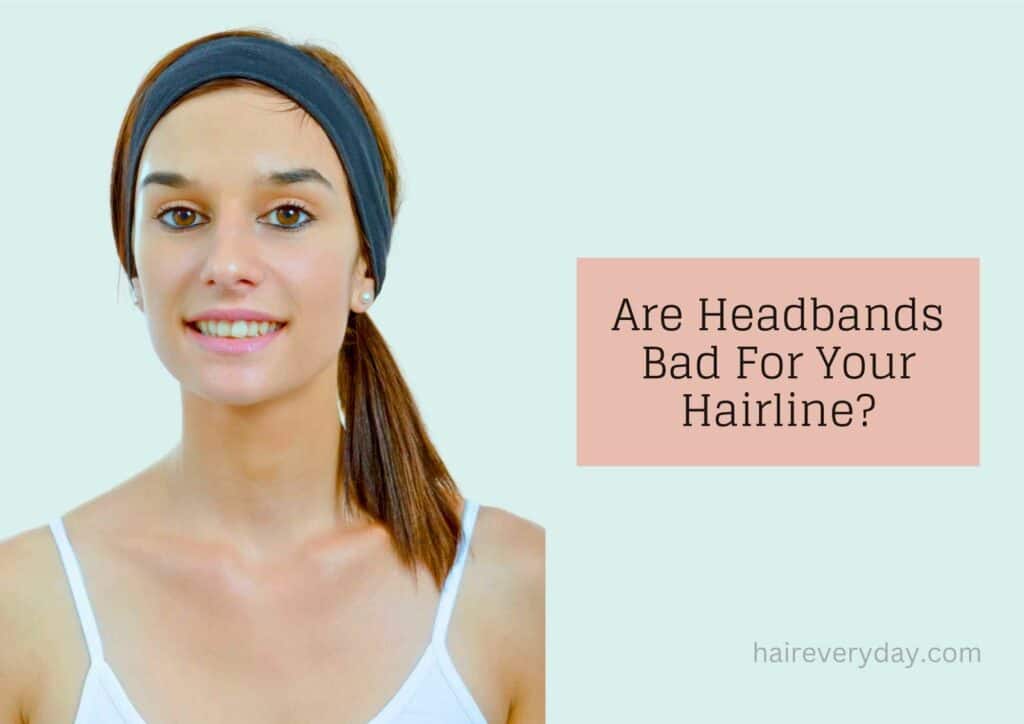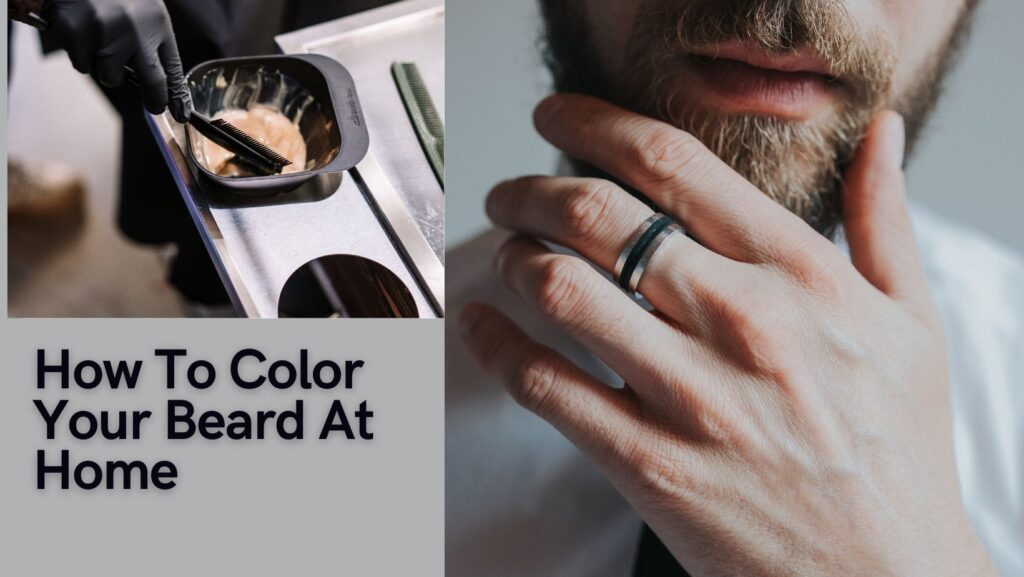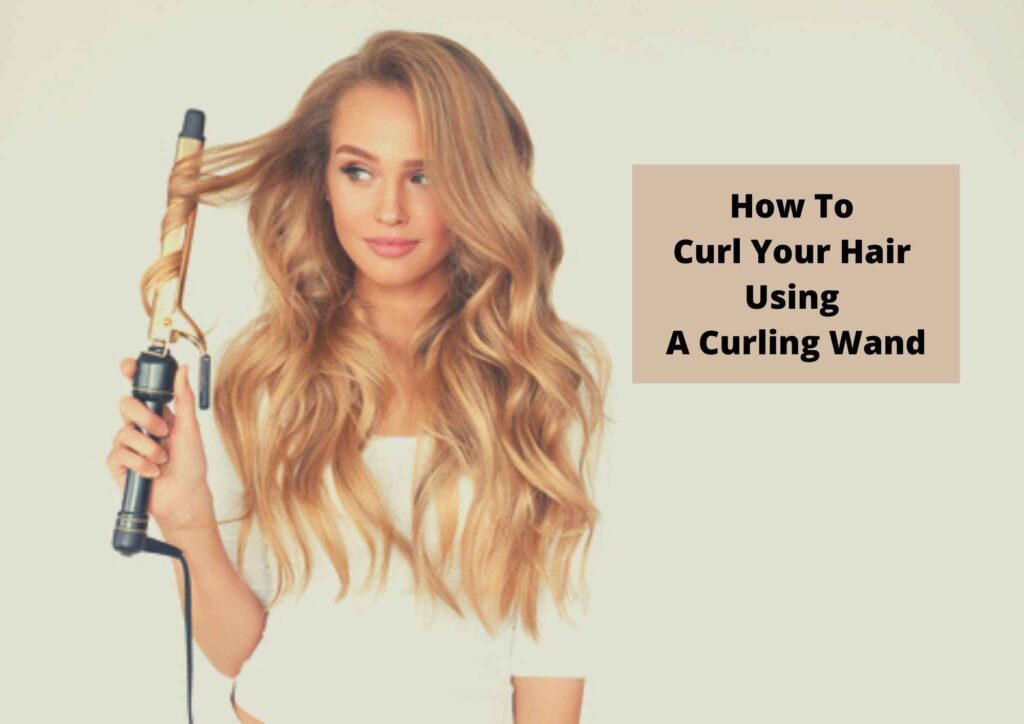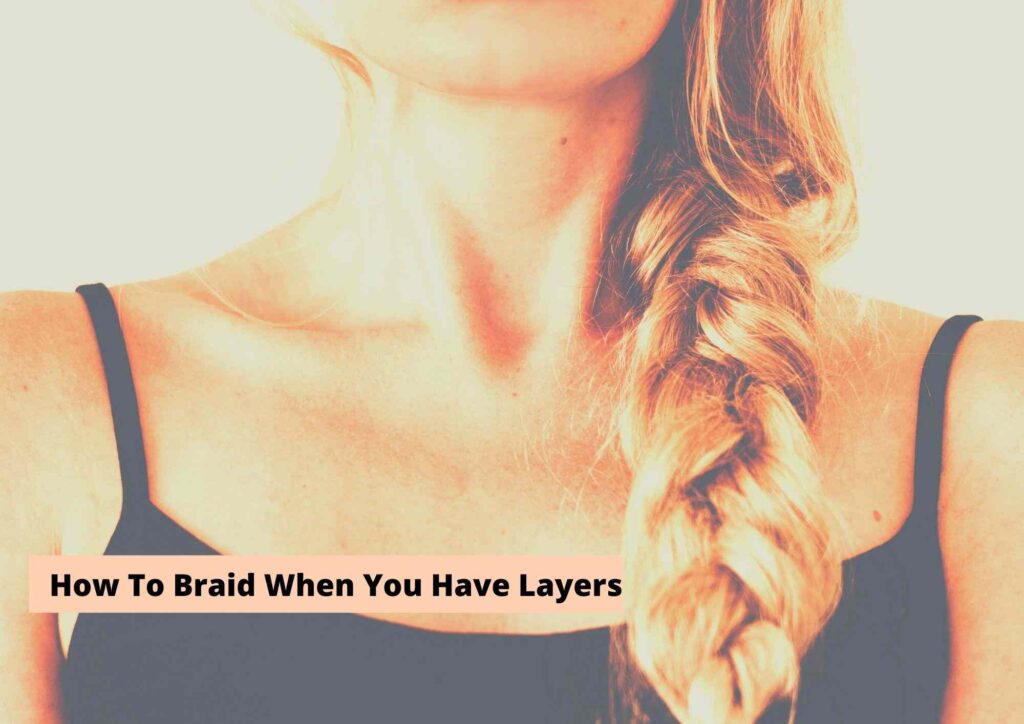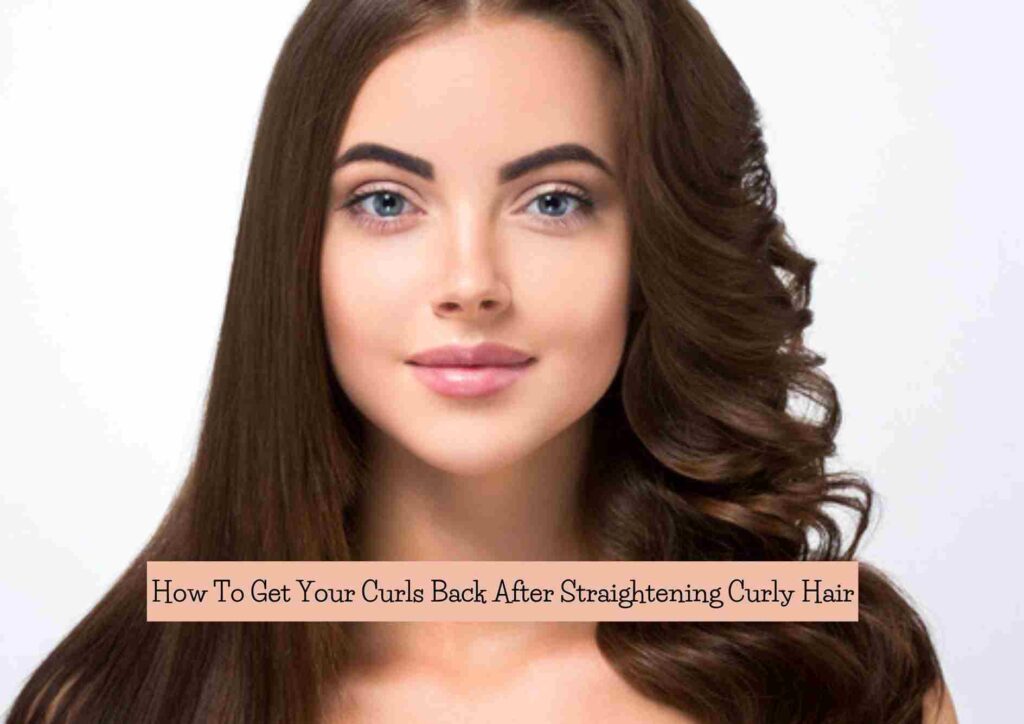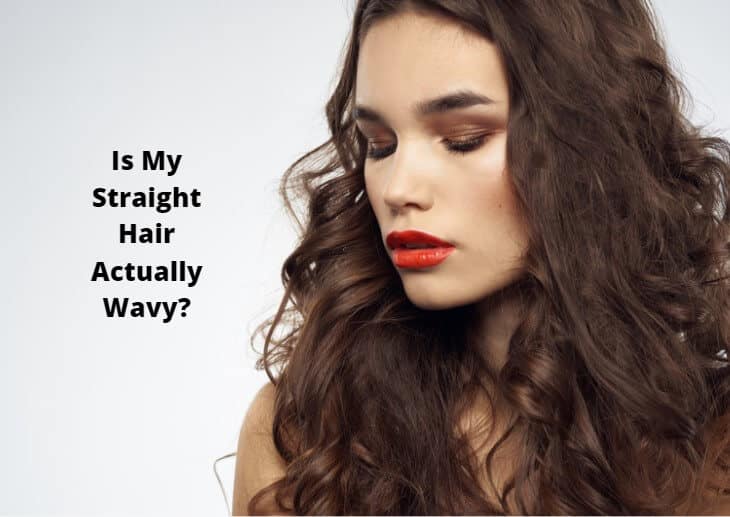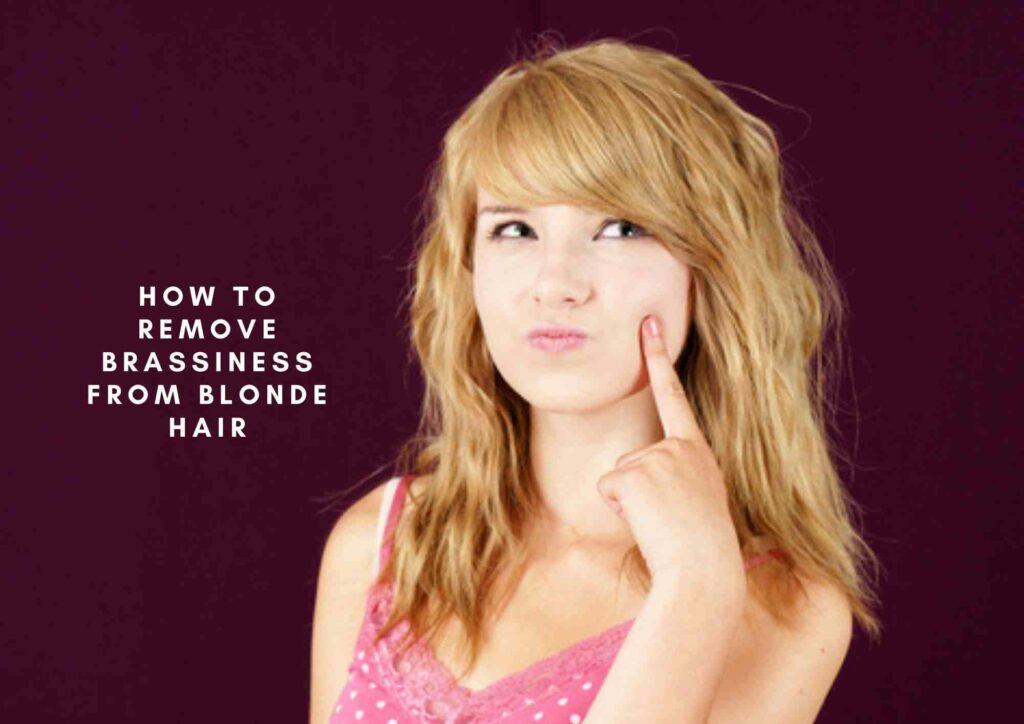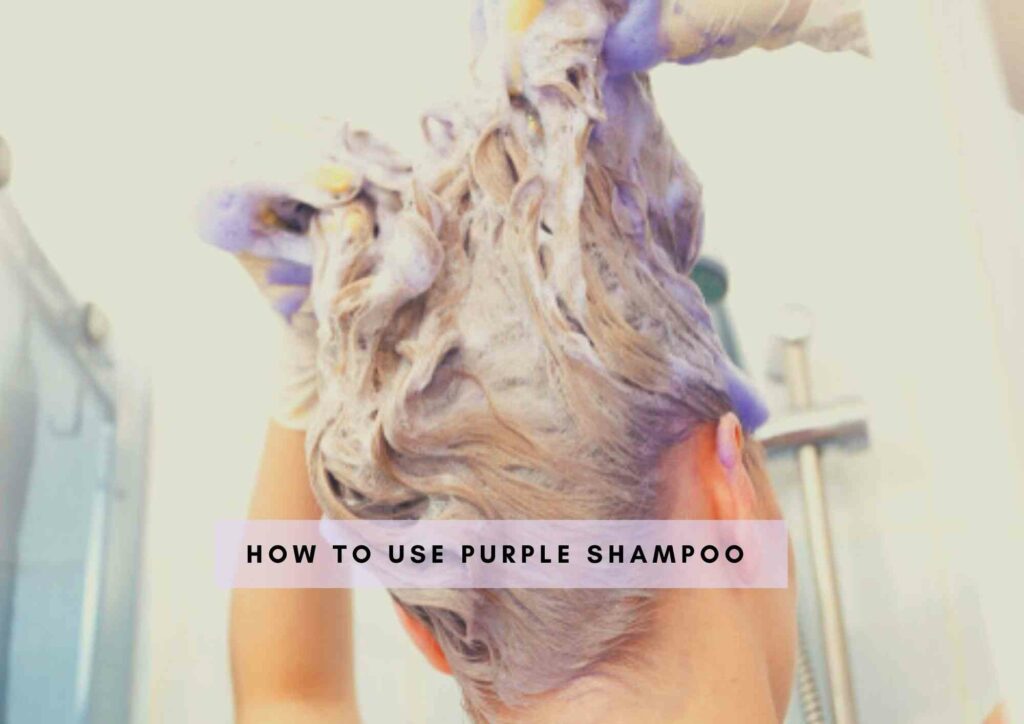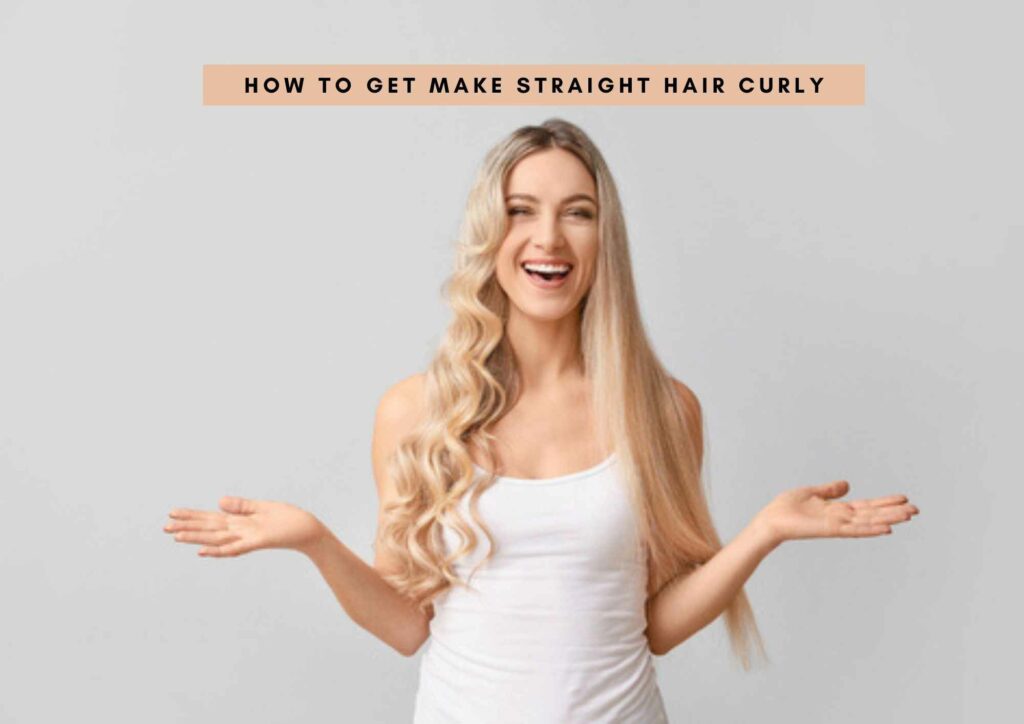Are headbands bad for hairline? Discover the potential effects of wearing headbands on your hairline and scalp health.
In This Article:
- Are Headbands Bad For Hairline
- Why Headbands Can Cause Hair Loss
- How To Select The a Headband That Doesn’t Hurt Hair
- Which Headband Is Best for Hair?
- Why You Should Trust Us?
Are Headbands Bad For Hairline
At the heart of the concern regarding headbands and hairlines lies the concept of traction alopecia.
Traction alopecia is a form of hair loss that occurs when constant tension or pulling is exerted on the hair and scalp. It’s often observed in individuals who frequently wear tight hairstyles, such as braids, ponytails, or yes, tight headbands.
When we wear headbands, especially those that are snug or create consistent pressure on the hairline, we risk causing traction alopecia. The hair follicles in these areas can become stressed and weakened due to the constant pulling, eventually leading to hair loss.
However, it’s important to note that not all headbands are created equal, and the risk of causing traction alopecia depends on multiple factors.
Why Headbands Can Cause Hair Loss
Tightness: The tighter a headband is, the more pressure it can exert on the hairline. If a headband is too snug and creates tension, it can contribute to hair loss over time. Opting for headbands with adjustable straps or looser designs can mitigate this risk.
Material: The material of the headband plays a significant role in determining its impact on the hairline. Rough materials or those with harsh edges can cause friction against the hair and scalp, increasing the likelihood of hair breakage and hairline stress.
Frequency of Use: Wearing a tight headband occasionally may not have a significant impact on your hairline. However, consistent and prolonged use of tight headbands can increase the risk of traction alopecia.
Hairstyle: The way you wear your hair with the headband matters. Pulling your hair back tightly while wearing a headband can intensify the pressure on the hairline. Opting for looser hairstyles or leaving some hair out in front can alleviate this pressure.
Hair Type: The resilience of your hair also plays a role. Thicker, stronger hair might withstand the pressure of headbands better than fine or delicate hair.
How To Select The a Headband That Doesn’t Hurt Hair
The world of headbands is diverse, and among the plethora of options, certain types stand out as being particularly gentle on hair. Let’s explore the characteristics of these hair-friendly headbands, from their choice of fabric to their stretch and overall design.
The Fabric: Softness and Hair-Friendly Materials

The fabric of a headband plays a pivotal role in determining its impact on your hair health. Opting for soft, hair-friendly materials is key to ensuring that your headband doesn’t cause unnecessary friction or breakage.
1. Satin and Silk Headbands: Headbands crafted from satin or silk are revered for their hair-friendly properties. These materials boast a smooth surface that reduces friction against your hair, preventing breakage and maintaining the overall health of your locks. Satin and silk headbands also minimize the risk of hair tangles, making them an excellent choice for individuals with all hair types.
2. Soft Cotton Headbands: Headbands made from soft cotton are another gentle option. The smooth texture of cotton minimizes friction, and the softness of the material prevents hair from becoming entangled or pulled. These headbands are especially ideal for those with sensitive scalps or fine hair.
Stretch: Comfort and Flexibility
The stretch and elasticity of a headband are crucial factors in ensuring that it’s gentle on your hair. A headband that’s too tight can lead to hair breakage and discomfort, while one that’s too loose might not stay in place. Look for headbands with the right balance of stretch and flexibility.
1. Elastic Bands with Adjustable Straps: Headbands featuring elastic bands with adjustable straps allow you to customize the fit according to your comfort level. This ensures that the headband holds your hair in place without squeezing or pulling too tightly on your hairline.
2. Stretchy Fabric Bands: Headbands made from stretchy fabric materials, such as jersey knit or spandex blends, provide a snug yet gentle hold. The stretch of the fabric accommodates various head sizes without exerting excessive pressure on your scalp.

Design: Wide and Comfortable
The design of the headband also contributes to its hair-friendly nature. Opt for wider headbands that distribute pressure more evenly and are less likely to cause localized tension on your hairline.
1. Wide Fabric Headbands: Wide fabric headbands offer ample coverage and evenly distribute pressure across your scalp. The width prevents the headband from digging into your hairline, reducing the risk of hairline issues.
2. Scrunchie Headbands: A modern take on the classic scrunchie, these headbands use soft, stretchy materials to hold your hair while minimizing stress on your hairline. The gentle elasticity of scrunchie headbands ensures a comfortable fit without causing breakage.
3. Flexible Wire Headbands: For those who enjoy the aesthetic of metal headbands, look for options with a flexible wire structure. This design allows the headband to contour to your head’s shape, reducing pressure on your hairline.
In essence, hair-friendly headbands prioritize the health of your locks while still allowing you to showcase your personal style.
Which Headband Is Best for Hair?

1. Silk and Satin Headbands
If you’re seeking a headband that marries style with hair-friendly benefits, look no further than silk and satin headbands.
These materials possess a smooth surface that minimizes friction against your hair, reducing the risk of breakage and tangles.
Silk and satin headbands not only elevate your look with their luxurious sheen but also safeguard your hair’s health. They’re particularly suitable for all hair types and textures, making them a versatile choice.
2. Wide Fabric Headbands
For those yearning for a headband that provides ample coverage while maintaining comfort, wide fabric headbands are a stellar choice.
The generous width distributes pressure evenly, preventing localized tension on your hairline. Crafted from soft materials like cotton or jersey knit, these headbands offer a snug yet gentle hold, ensuring that your hair remains protected and undisturbed throughout the day.

3. Scrunchie Headbands
The resurgence of the scrunchie has brought forth a delightful option for headband enthusiasts. Scrunchie headbands combine style with functionality, offering a comfortable stretch while securing your hair in place.
The soft, elastic fabric minimizes pressure on your hairline, making them a gentle choice for those who value comfort and flair. Scrunchie headbands are perfect for creating effortless hairstyles while ensuring your hair’s well-being.
4. Flexible Wire Headbands
If you appreciate the aesthetic of metal headbands but are concerned about their potential impact on your hairline, flexible wire headbands might be the solution.
These headbands feature a wire structure that can be adjusted to contour to your head’s shape without exerting excessive pressure. This design provides a balance between style and comfort, allowing you to enjoy the sleek look of metal headbands while safeguarding your hair’s health.
5. Elastic Bands with Adjustable Straps
Elastic headbands with adjustable straps offer a tailored fit that caters to your comfort and hair type. The adjustability ensures that the headband holds your hair in place without squeezing or pulling too tightly.
This option is particularly versatile, as you can customize the fit according to your preferences, making it an excellent choice for various hairstyles and occasions.
Why You Should Trust Us?
The author of this article, Leah Marie Priest has a degree in Cosmetology with years of experience in dealing with hair care, scalp care, and hairstyling. As someone who extensively deals with all kinds of hair textures, products, styling methods and more, hair Leah Marie knows what kind of products and procedures suit each hair type and person. We have also tested these hair products and processes ourselves to provide you an unbiased review about every product. Each of our articles are also reviewed by a team of medical professionals so that you get the most accurate and expert-reviewed information.
Conclusion
The quest for the best headband for your hair is a journey that balances aesthetics, comfort, and hair health.
Whether you’re drawn to the elegance of silk and satin, the protective embrace of wide fabric headbands, the versatile charm of scrunchies, or the contoured fit of flexible wire headbands, the ideal choice aligns with your hair type, personal style, and well-being.
As you explore the array of headband options, consider your hair’s unique needs and the occasions you’ll be wearing the headband for.
By choosing headbands that prioritize both style and hair health, you’ll adorn yourself with an accessory that not only enhances your look but also elevates your hair’s beauty and vitality, allowing you to showcase your locks with confidence and grace.
Also Read:
Best Types Of Headbands For Women And Men
Are Barrettes Bad For Your Hair
Are Spiral Hair Ties Good For Your Hair
To Summarize

